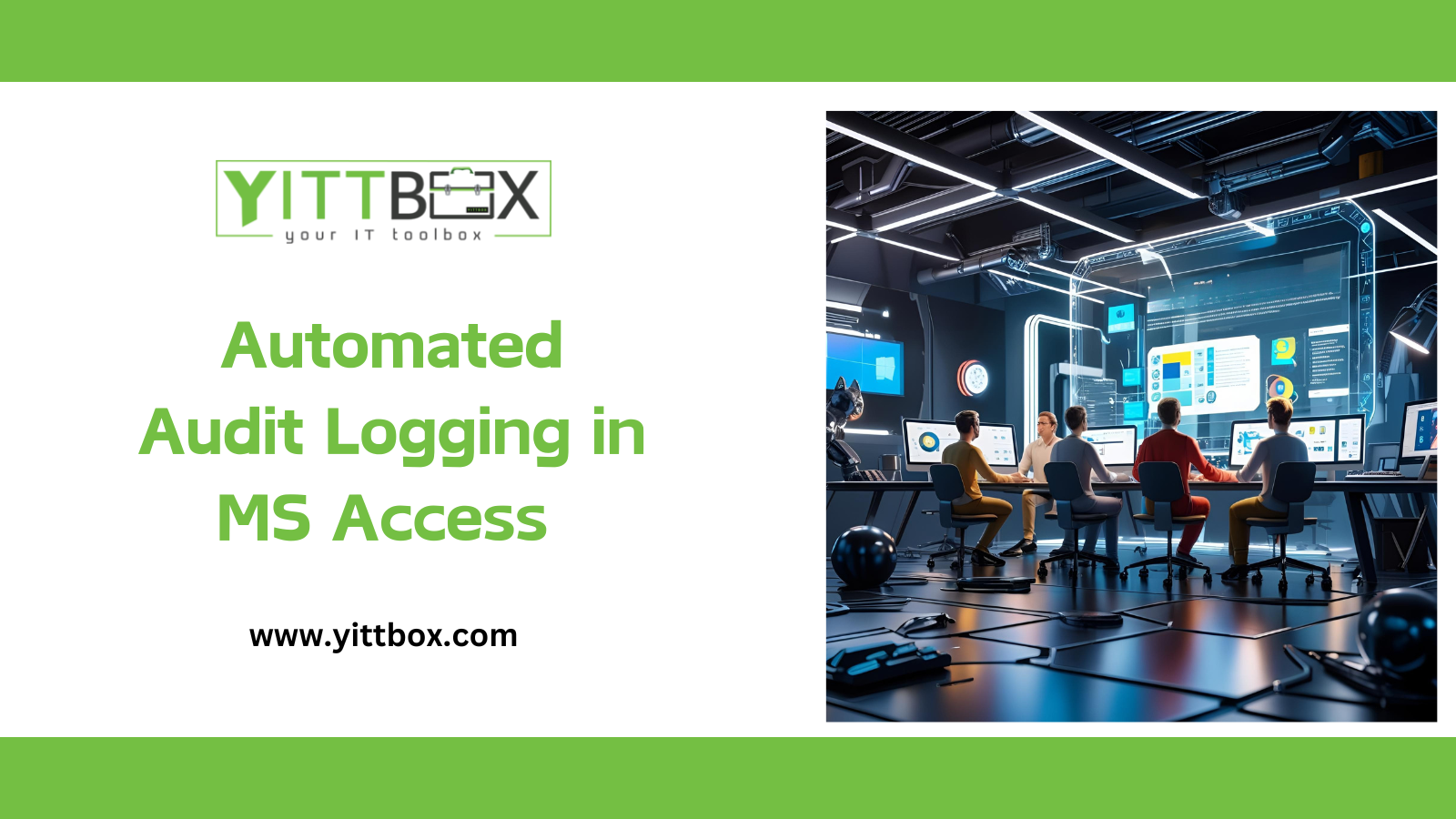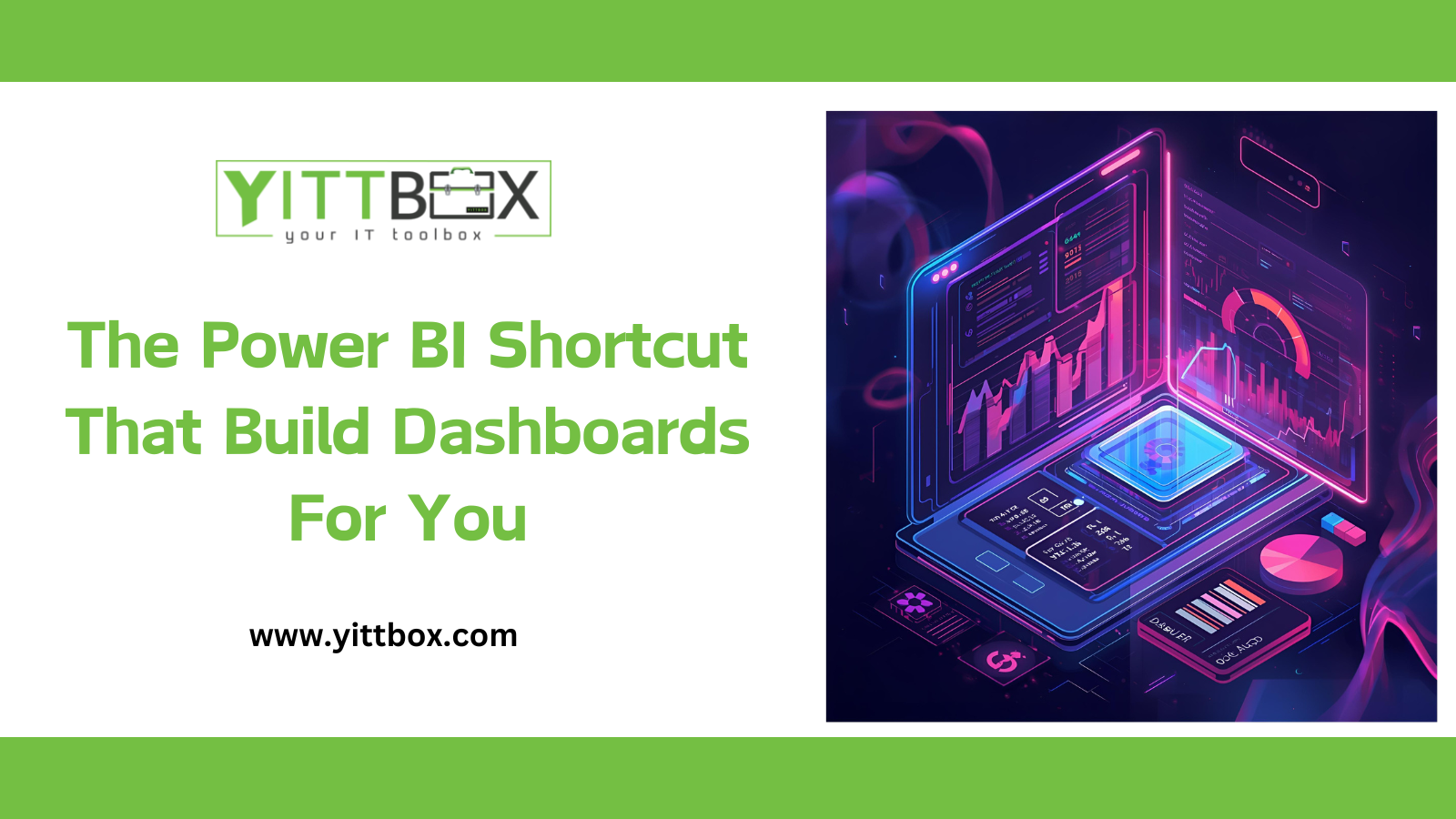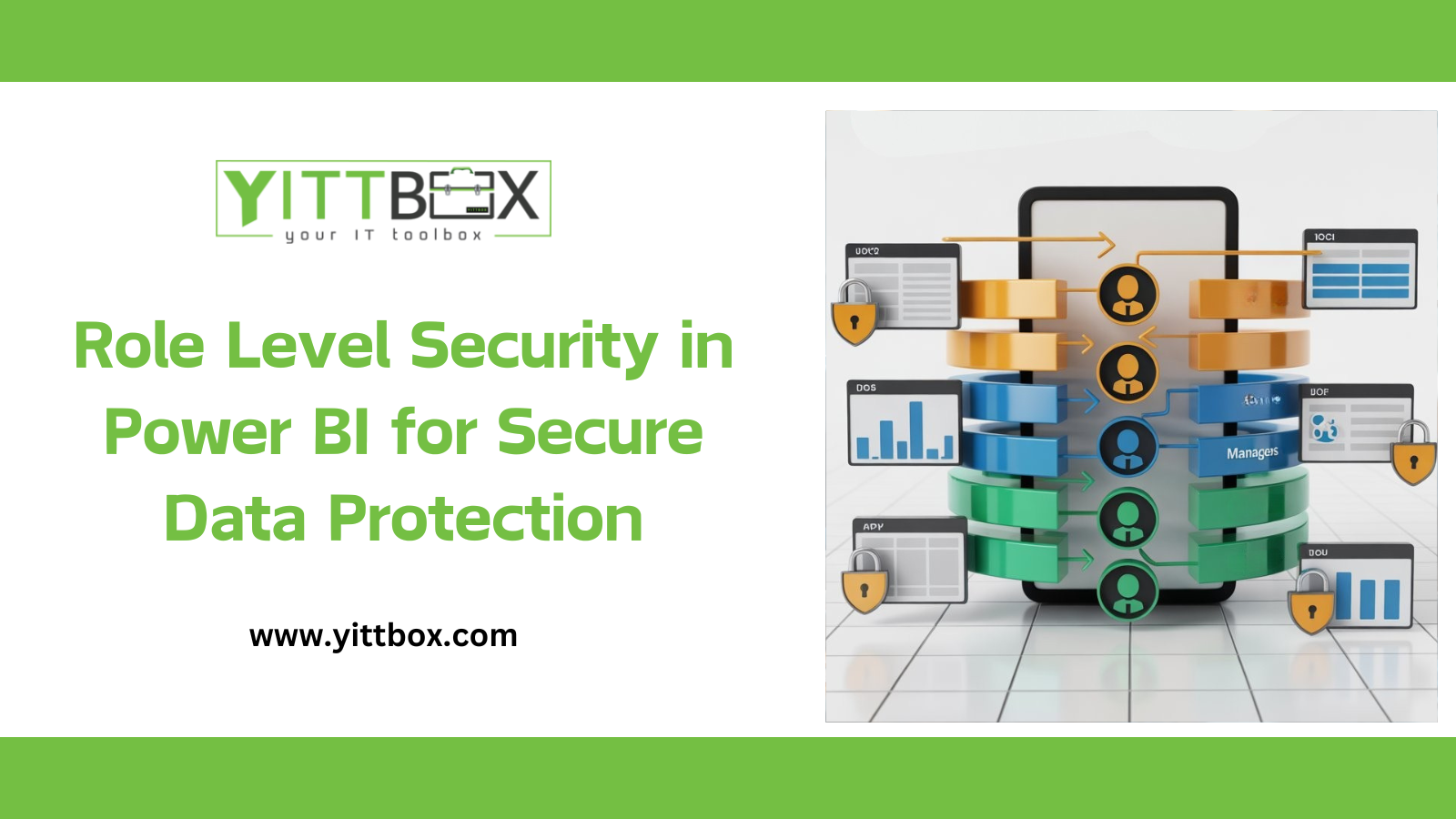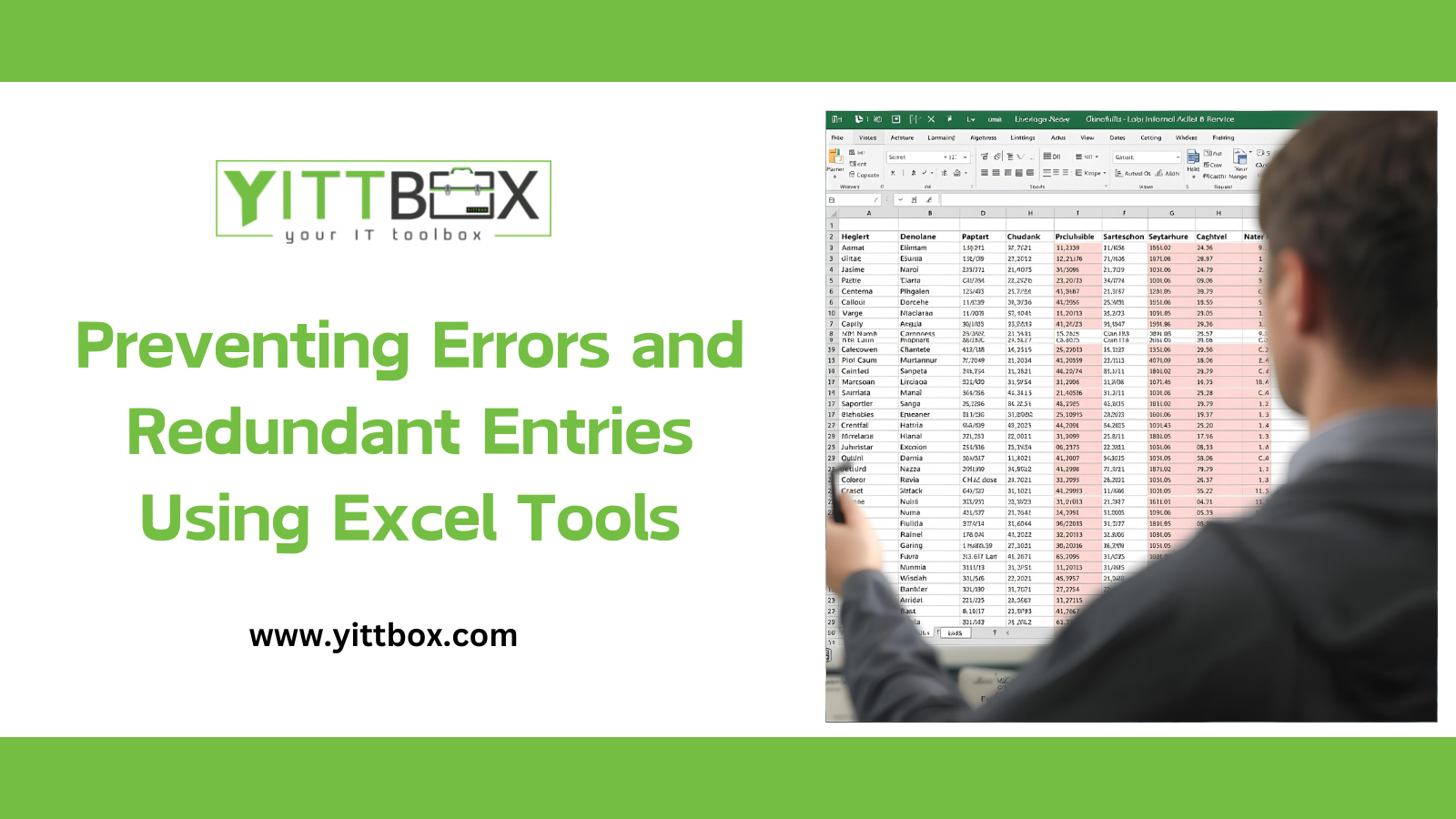Introduction:
Excel is one of the most powerful tools in business, yet it’s often criticized for errors. The truth is, Excel itself isn’t fragile, our reliance on manual processes makes it prone to mistakes. Copying data, updating formulas by hand, or rushing reports creates opportunities for human error. For businesses relying on Excel for critical decisions, even small mistakes can have big consequences. Structured automation provides a way to minimize these errors, making Excel workflows more reliable and efficient.
The Cost of Manual Work
Most errors in Excel are subtle. A wrong formula, a forgotten update, or a misaligned range can go unnoticed for days or weeks. Over time, these mistakes add up, affecting dashboards, reports, and even major business decisions. Beyond the numbers, they waste hours of work, create frustration, and erode confidence in the data.
How Structured Automation Helps
Structured automation isn’t about replacing humans, it’s about removing repetitive, error-prone steps from our workflows. By automating data collection, cleaning, calculations, and even formatting, Excel does the heavy lifting while humans focus on analyzing the results. When your processes are set up properly, errors drop significantly, and reports become much more reliable.
Automating Data Collection
One of the biggest sources of mistakes is manual data entry. Power Query is a game-changer here. Instead of copying data from multiple files or systems, you can connect Excel directly to your sources. A single refresh pulls everything in accurately and consistently, eliminating missing rows, outdated numbers, or version conflicts.
Cleaning Data the Right Way
Data cleaning is another area where human error creeps in. Different people clean data differently, and small inconsistencies can cause big problems later. Power Query allows you to record cleaning steps so they run exactly the same every time. This ensures your data is consistent and trustworthy without manual tweaks.
Protecting Formulas and Calculations
It’s easy to accidentally break formulas, especially in shared files. Power Pivot helps by centralizing calculations in one place with DAX measures. Define them once, reuse them anywhere, and reduce the chance of mistakes. This approach also makes complex calculations easier to understand and audit.
Avoiding Range Errors with Dynamic Arrays
Fixed ranges in formulas are a common source of errors. If data grows or shrinks, formulas break silently. Dynamic arrays adjust automatically to your data, and functions like FILTER, SORT, and UNIQUE make your models more resilient. This simple step removes one of the most frustrating sources of mistakes in Excel.
Automating Repetitive Tasks
Formatting reports, exporting PDFs, or preparing dashboards manually introduces opportunities for errors every time. VBA and Office Scripts let Excel handle these repetitive tasks consistently, so the reports look perfect every time and mistakes are avoided.
Built-In Checks for Peace of Mind
Even automated models benefit from error checks. Using reconciliation totals, variance alerts, or conditional formatting helps catch anomalies before they impact decisions. These built-in safeguards act like a safety net, ensuring nothing slips through unnoticed.
Collaboration Without Risk
Errors multiply when multiple people work on the same file. Excel Online and SharePoint keep everyone on the same page, track changes, and protect critical sections. When combined with structured automation, collaboration becomes safe rather than risky.
Designing Files That Don’t Break
Good file design makes a huge difference. Separating raw data, calculations, and outputs, protecting key formulas, and documenting your logic makes files easier to use and reduces accidental errors. Structured automation works best when the file itself is organized and thought-through.
Conclusion:
Reducing human error in Excel isn’t about being more careful, it’s about designing smarter workflows. Structured automation, from data collection to calculations to validation, ensures Excel becomes a reliable partner in decision-making. When your processes are automated and error-proofed, teams save time, reduce stress, and gain real confidence in the numbers driving the business.






.png)


